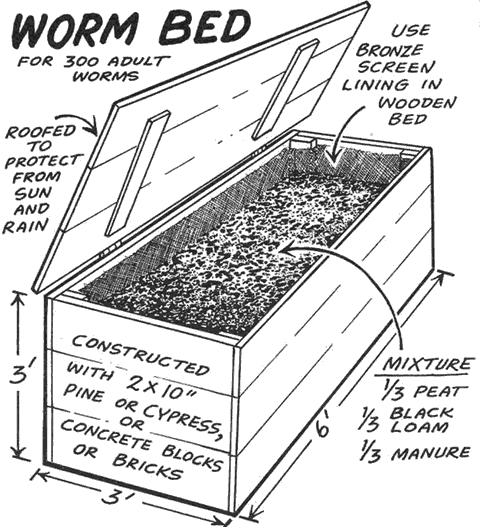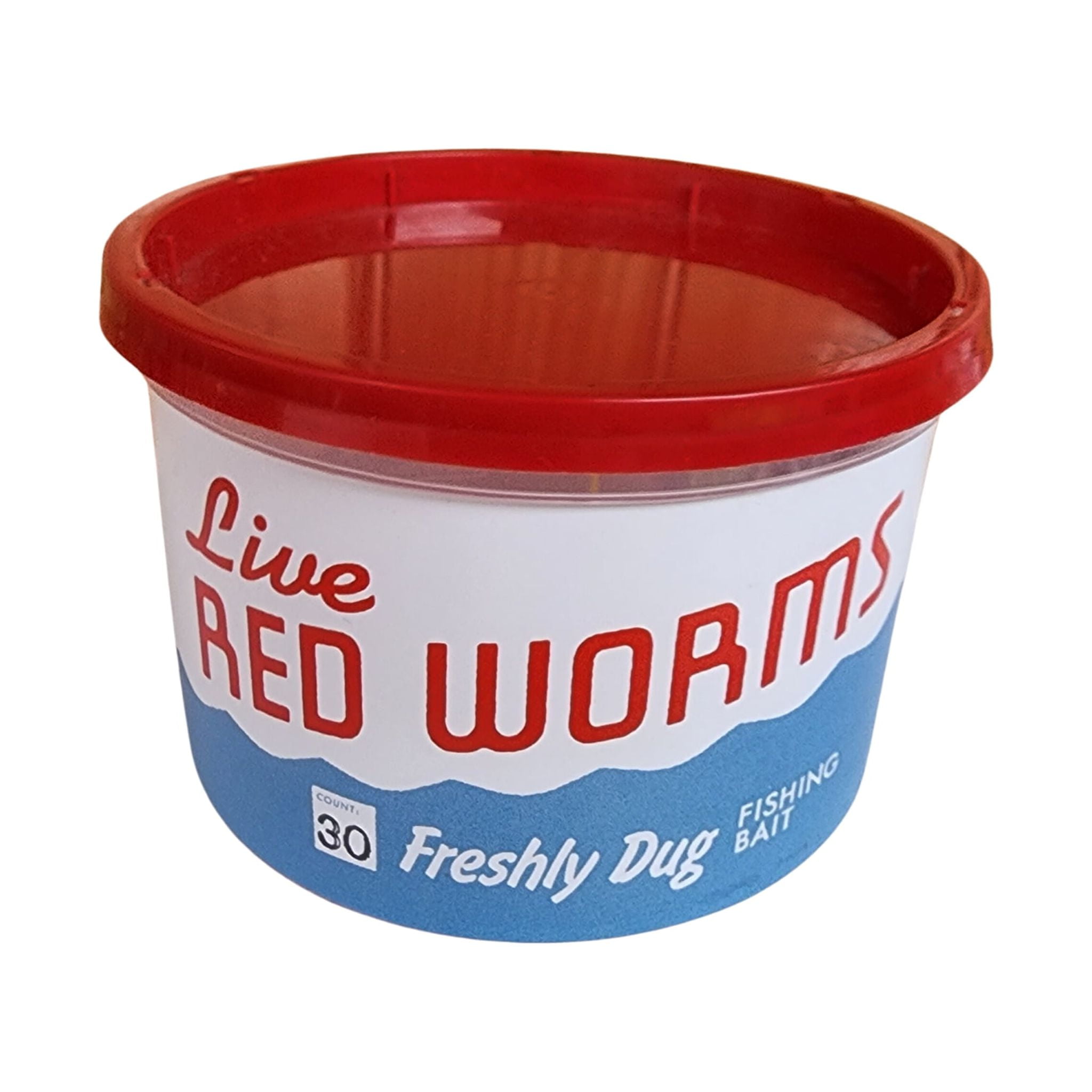Not known Facts About Where To Find Red Wigglers
Table of ContentsNot known Details About Where To Find Red Wigglers The Greatest Guide To Where To Find Red WigglersA Biased View of Where To Find Red WigglersWhere To Find Red Wigglers Fundamentals ExplainedWhere To Find Red Wigglers - TruthsWhere To Find Red Wigglers Can Be Fun For AnyoneWhere To Find Red Wigglers Things To Know Before You Get This
If you have a hard time locating them, attempt making use of a shovel to dig into the ground and damage the damp dirt with your hands to locate them (Where To Find Red Wigglers). Soak your yard or yard with water and look for your worms once it obtains dark.Lift it using take advantage of and search for your worms inside the opening. Don't fail to remember to look under rocks, bricks, wood, and various other things you might locate on the ground, as that's where worms usually reside.
When you capture a number of worms, you will certainly want to dip your fingers into sawdust to dry them and boost your following hold. Note that you shouldn't eliminate way too many worms from one area as this can negatively impact that setting. Position your worms right into their container and shop them in the fridge.
You can also utilize a pitchfork to draw worms above the ground. Recognized as a worm groaning stick, this traditional method includes sticking the pitchfork right into the ground and after that massaging it with an item of steel or wood. The vibrations that are developed resemble the audio of a mole, which creates the worms to surface area.
Facts About Where To Find Red Wigglers Revealed
All you need to keep the little wigglers is a tiny styrofoam cooler, some dust, bed linens, and natural food waste. Some people sometimes spray a little cornmeal to keep the worms healthy and balanced and pleased. For long-term worm storage space, we suggest constructing a specialized worm ranch. Hopefully, you found several means to capture your worms the next time you require them after closing hours or when you're really feeling as well careless to enter the automobile and drive several miles to the local worm dealership! There is constantly an easy escape for those wanting to stay clear of getting unclean in the yard.
We'll speak regarding just how to keep red wigglers and why they need to be the best worm for many composters. Fun truth: The "fetid" part of the binomial name refers to what some state is a reeky secretion the red wiggler makes use of to fend off killers. The makeup of a red wiggler appears like that of various other usual earthworms; a long-segmented body begins at the pointed head and ends at a slightly-flatted tail.
The gastrointestinal tract is simple, starting at the mouth where the worm begins to consume its food before passing it on the vocal cords. The throat is a muscle area which imitates a pump to pull food right into the mouth before pumping it out into the esophagus. The esophagus is slim and thin-walled and works as the "waiting space" for the gizzard.
Excitement About Where To Find Red Wigglers
Note: This demand for grinding is why grit is suggested in a worm bin. The worm includes no indigenous grinding ability so the worm depends on consumed grit to help grind its food in the gizzard. The stomach is where the initial chemical failure of food occurs with the aid of a protein-busting enzyme.
The intestine creates the lengthiest component of the worm and is where the majority of food digestion takes place by means of enymatic processes. The spreadings eventually pass with the rectum at the end of the worm as capsules covered with a biologically-rich mucous.
Within 42 days, these infant worms will certainly reach sex-related maturity as shown by the introduction of the clitellum. A fully grown red wiggler can be expected to live between one to three years site (Where To Find Red Wigglers). The mighty red wiggler may sometimes be utilized as a lure worm for smaller fish or as a healthy protein source for poultries and reptiles
And as mentioned above, they are one of the most common composting worm in the world. However why? Well there's possibly not just one factor. Rather, a mix of price, hardiness, and convenience in a wide range of temperatures makes it one of the most appropriate composting worm for a lot of brand-new vermicomposters. Red wigglers and their Full Article cocoons can survive in a large range of problems.
Not known Facts About Where To Find Red Wigglers
This is an usual method among worm carriers that don't intend to run the risk of having the worms being in a hot or cold warehouse over the weekend break. Worm growers are not storing worms in a situation where they are all set to deliver. The worms should be gathered from their habitat first, so farmers will commonly set a Friday or Saturday target date in order to harvest in time for a Monday shipment.
To conserve on delivery expense, you may want to see if there are any type of nearby "Mommy and Pop" stores with a Google search.

The Basic Principles Of Where To Find Red Wigglers
For best results, you want to shoot for concerning 60-70% moisture level. The simplest test for this is have a peek at these guys to squeeze a handful as hard as you can. At the best dampness degrees which is simply under 70% that handful must barely generate one decline of fluid. pH in a worm container is rather simple to preserve.
The European Nightcrawler, the larger cousin of the red wiggler, is equally as ravenous and additionally creates a great bait worm. But it prefers a little a cooler atmosphere than the red wiggler. The African Nightcrawler is a really big composting worm and makes a gorgeous, granular cast.
The Indian Blue is ravenous, however likewise prefers a warmer environment and it additionally shows a propensity to leave the container. The red wiggler is a sturdy worm and isn't as particular regarding its climate. I such as to call it the Ford Taurus of vermicomposting worms; you won't brag to your hardcore composting pals that you have them, however they will offer you well.
The 20-Second Trick For Where To Find Red Wigglers
As Faucet demonstrated, an angler can do a great bargain to make a worm more appealing.

Early morning is prime feeding time, and the weightless bait's slow-moving descent leaves 5 inches of agonizing healthy protein in full sight for a long time. After you have actually made the cast, keep the bond open and put the pole in a forked stick. The line will fall off the rod in slow loopholes as the worm resolves, but most of the time the slow loops will become a blur, and the morning will unexpectedly obtain rather fascinating.
I typically use a whole 'crawler, prefer marabou clothing, and go down the rod for two or 3 secs when I obtain a hit.
An Unbiased View of Where To Find Red Wigglers
If it's there, established the hook with a sweep instead than a jerk. Once in a while you'll discover yourself hooked to those sluggish, passionate tugs, and feel the weight of a wonderful walleye.
Comments on “Not known Incorrect Statements About Where To Find Red Wigglers”